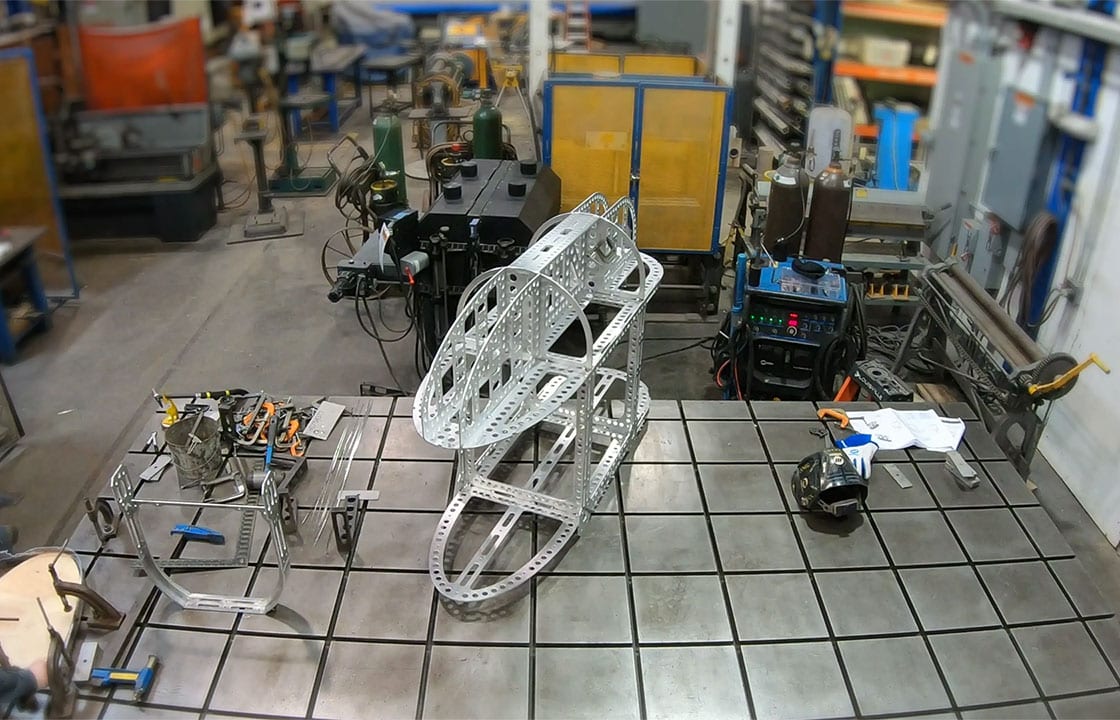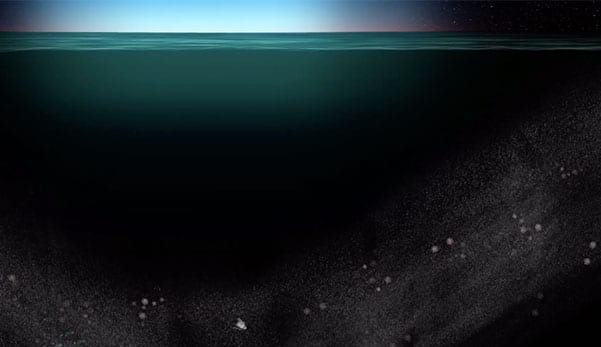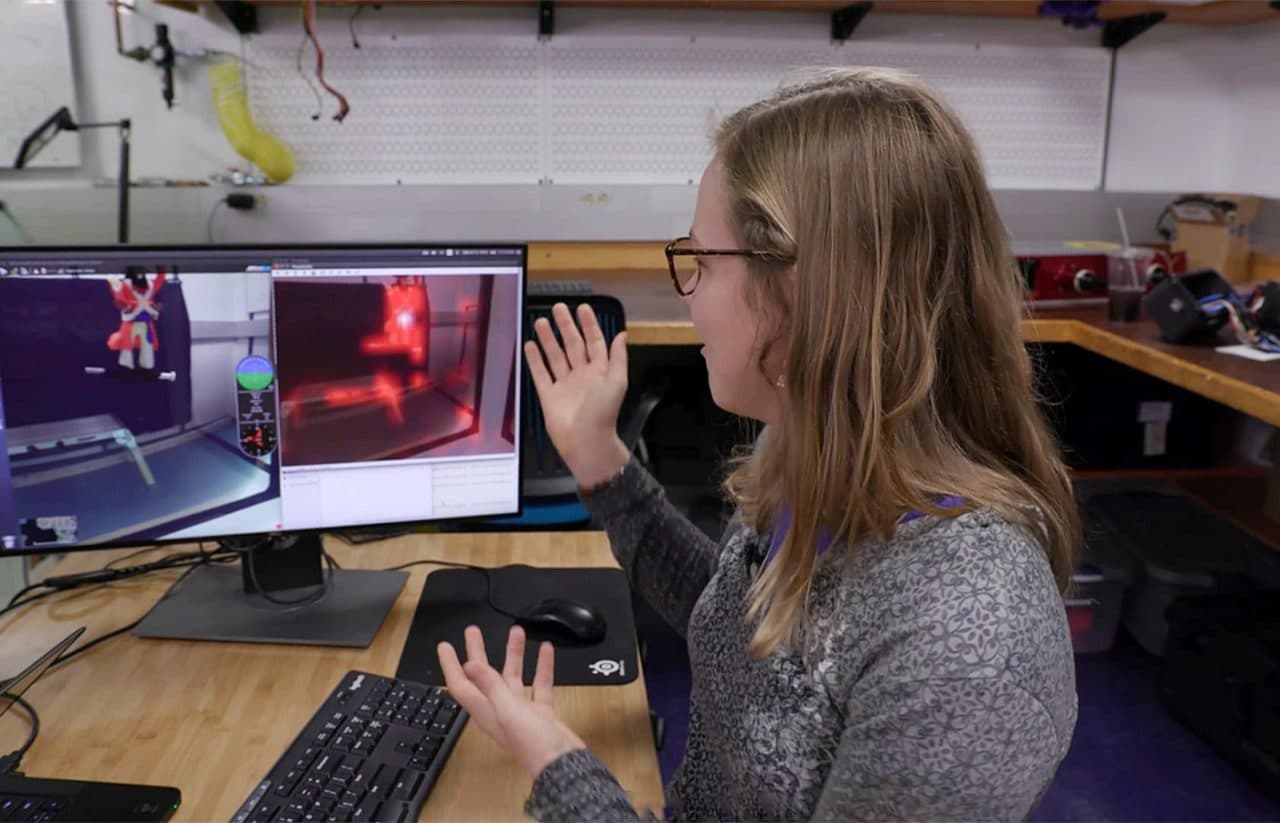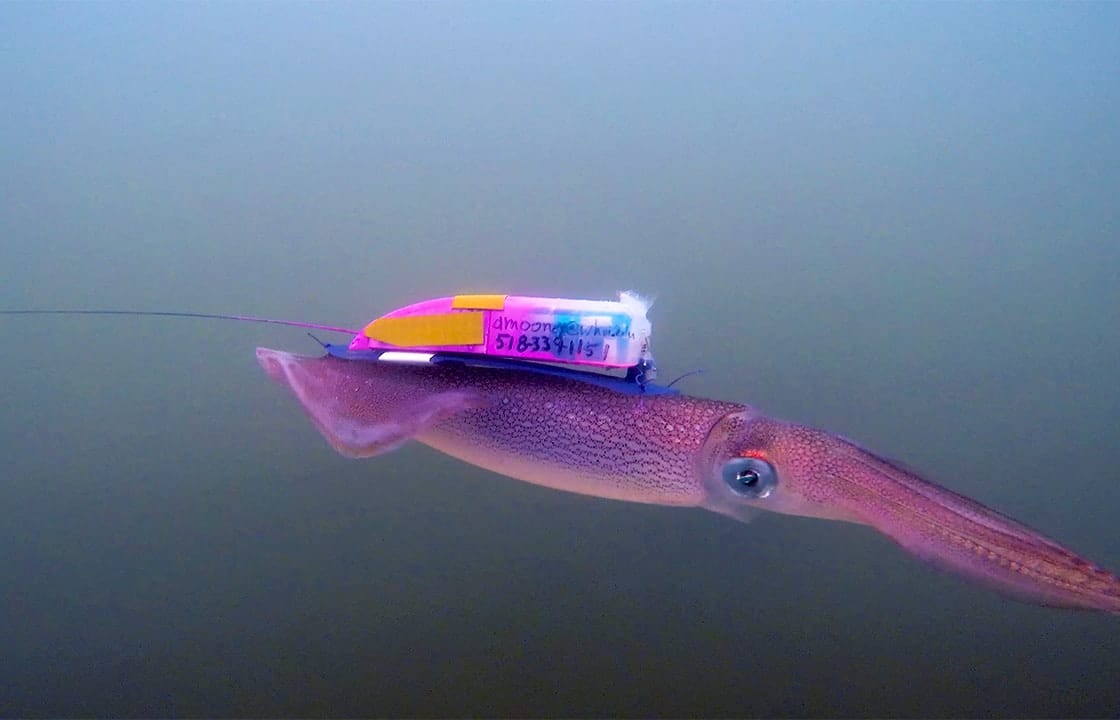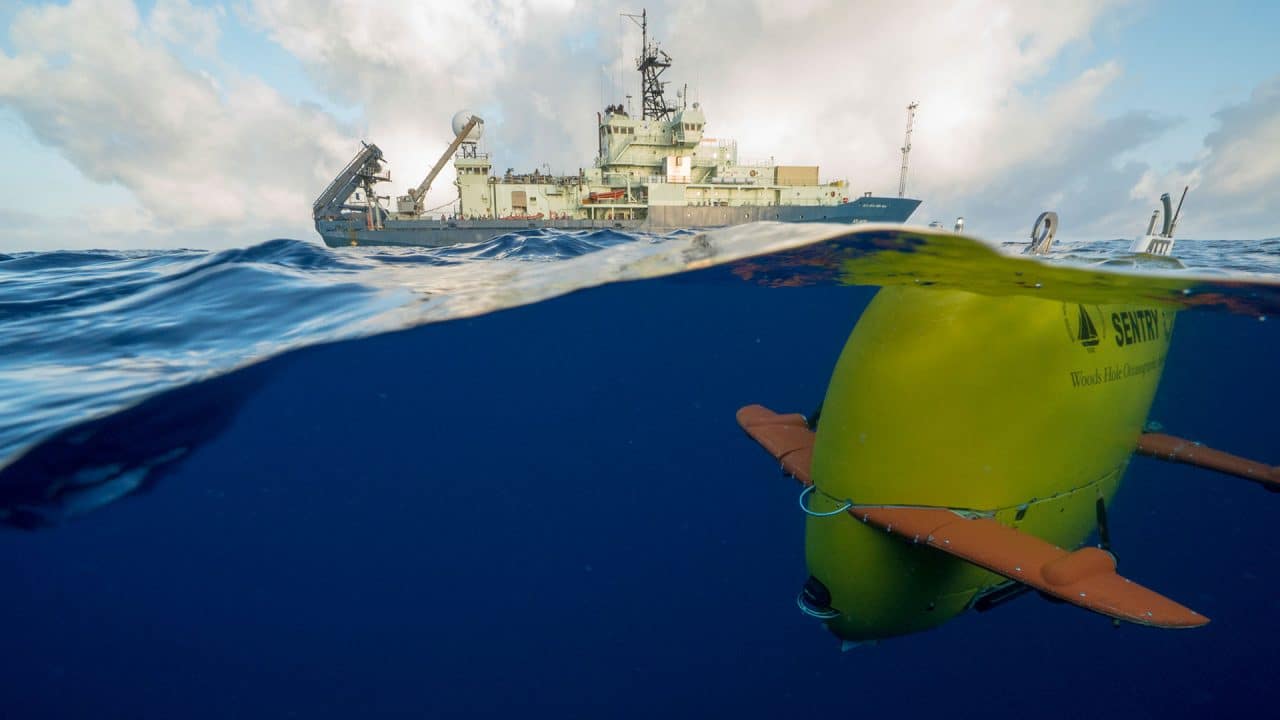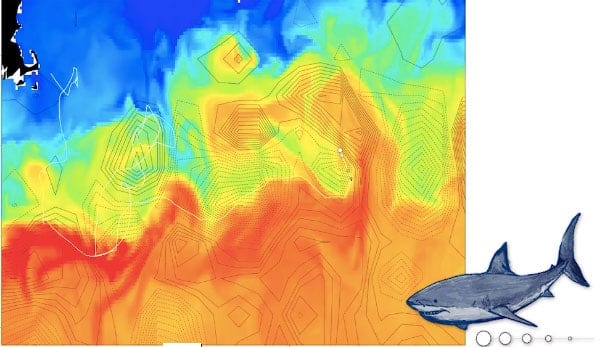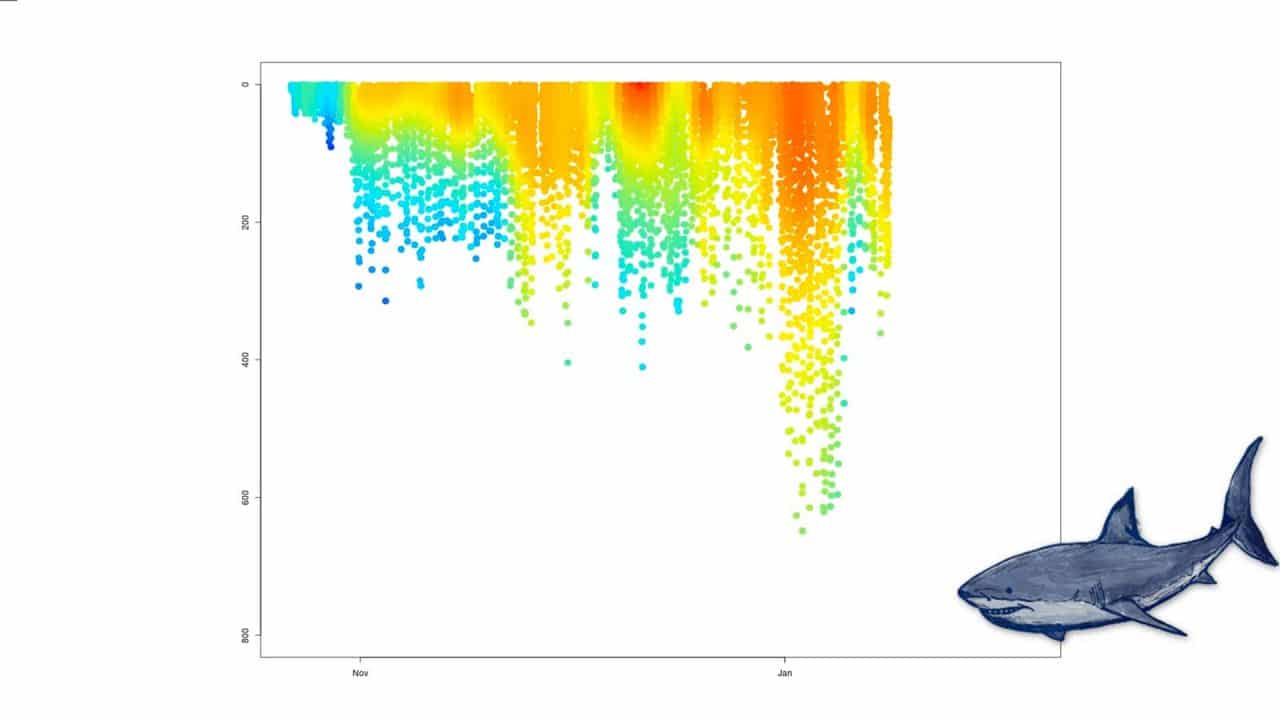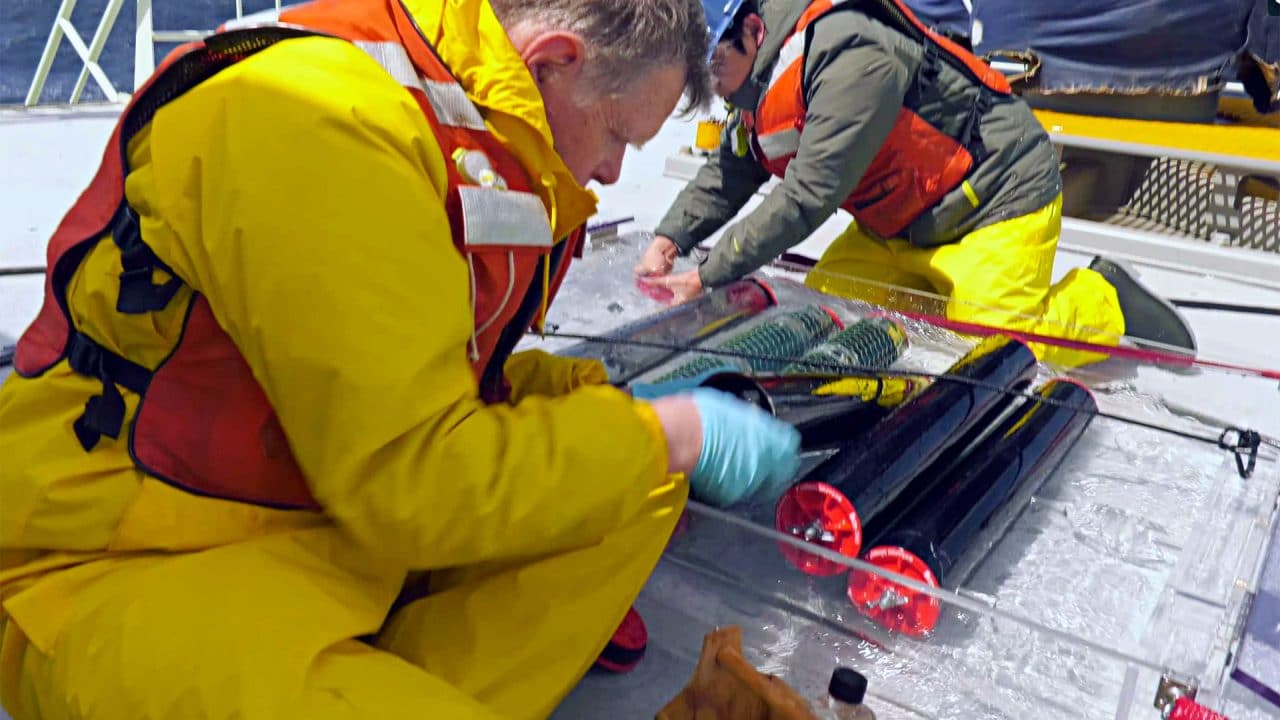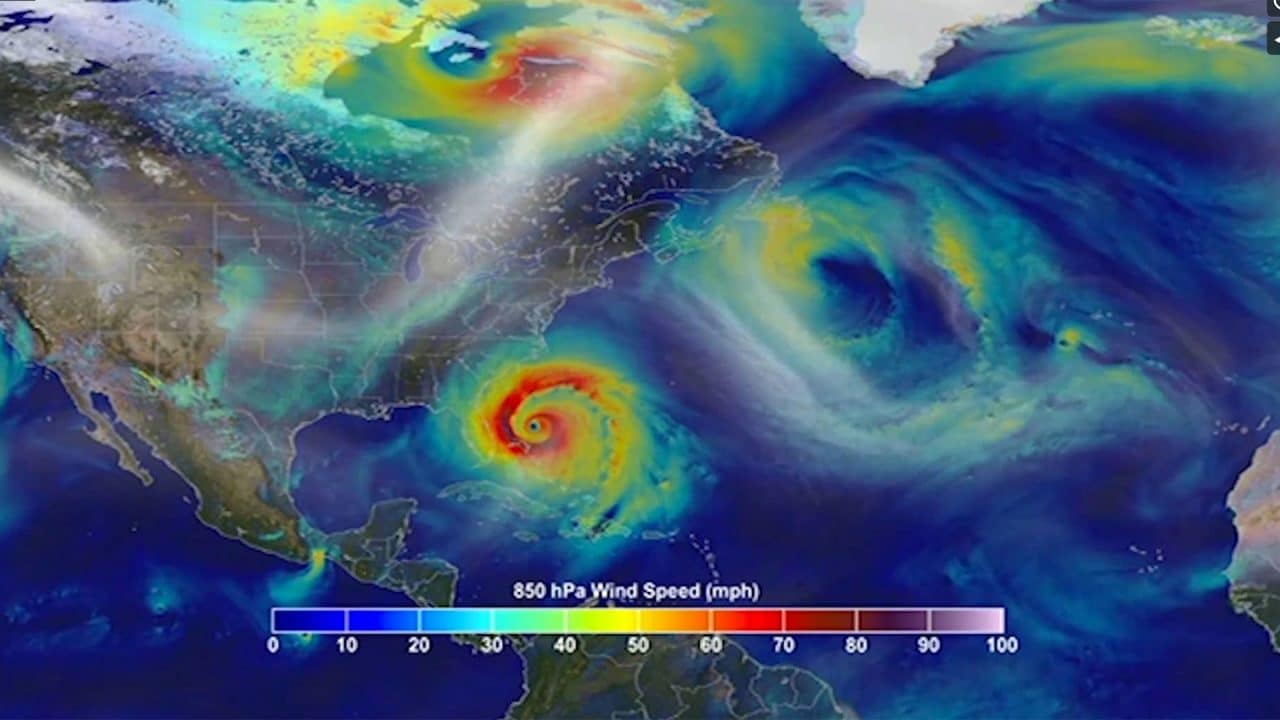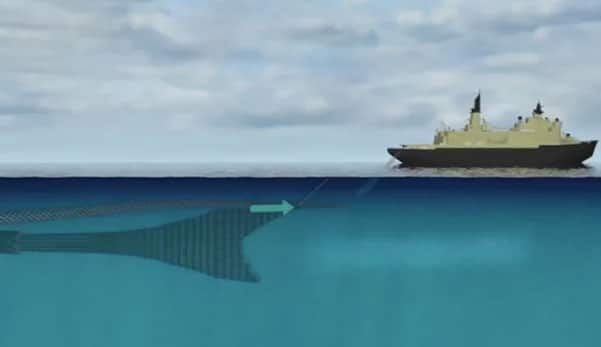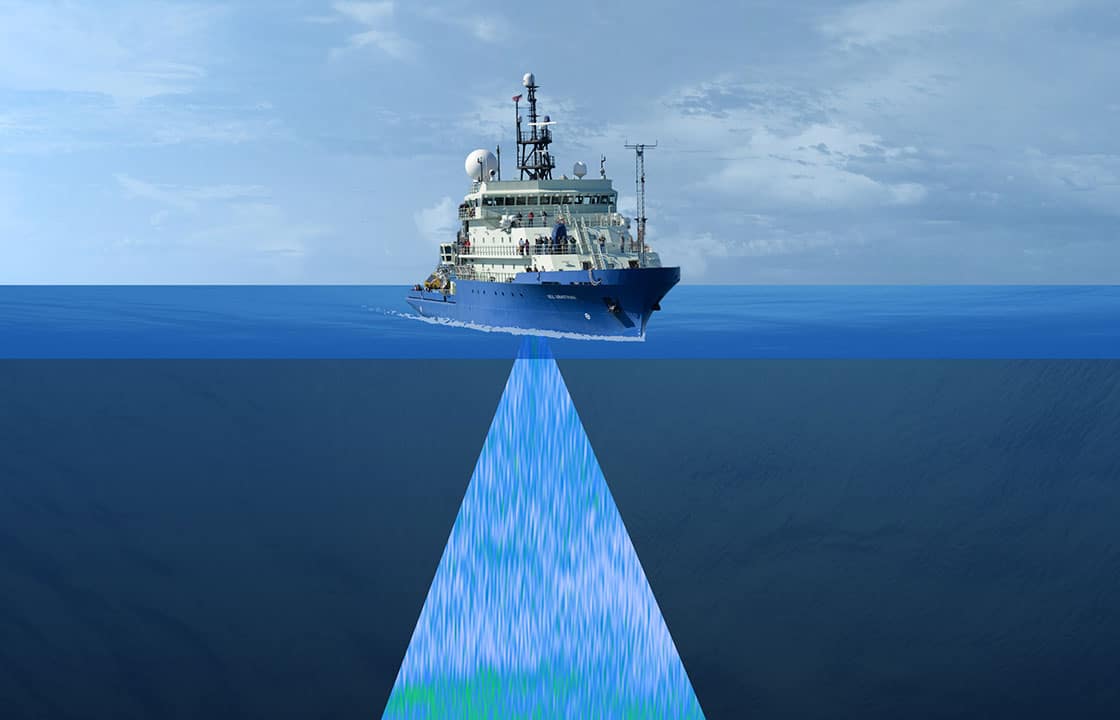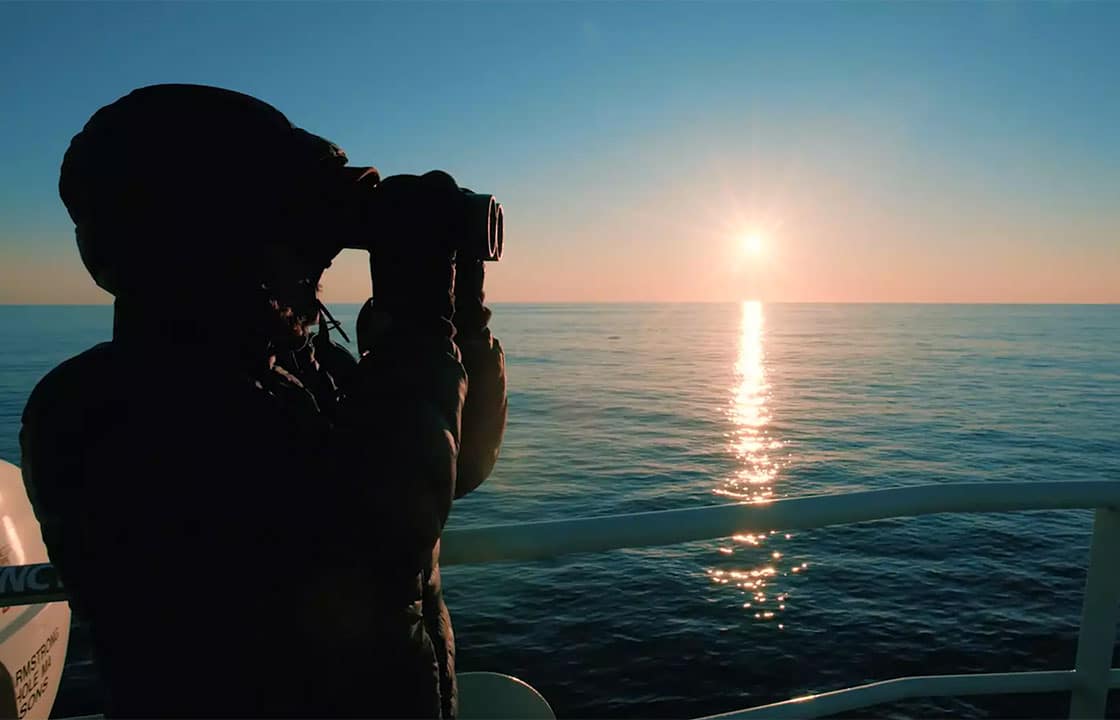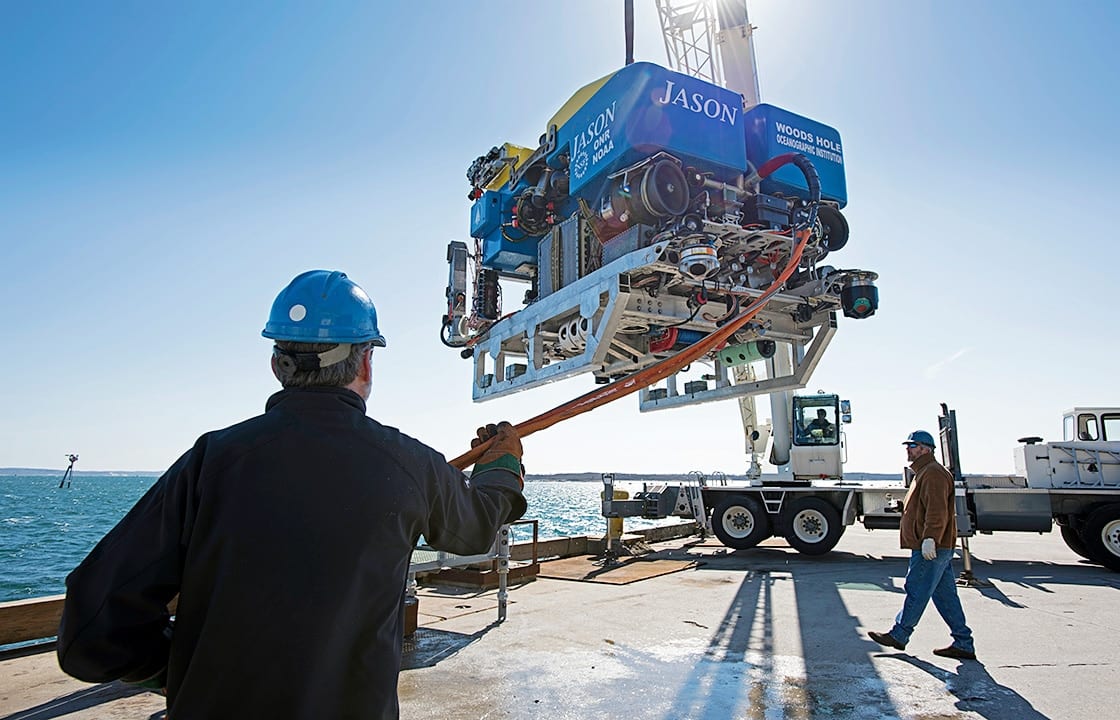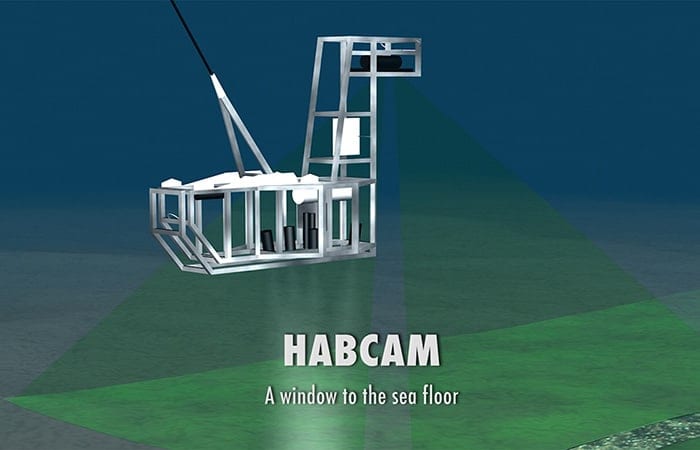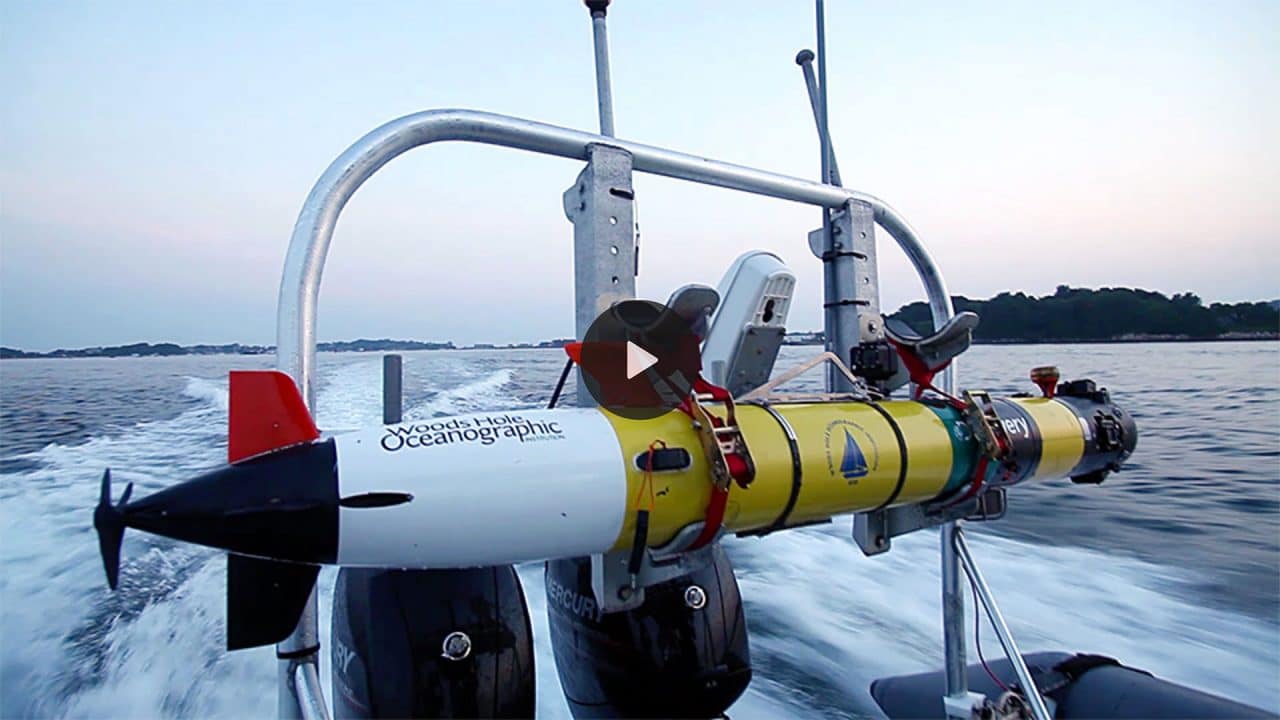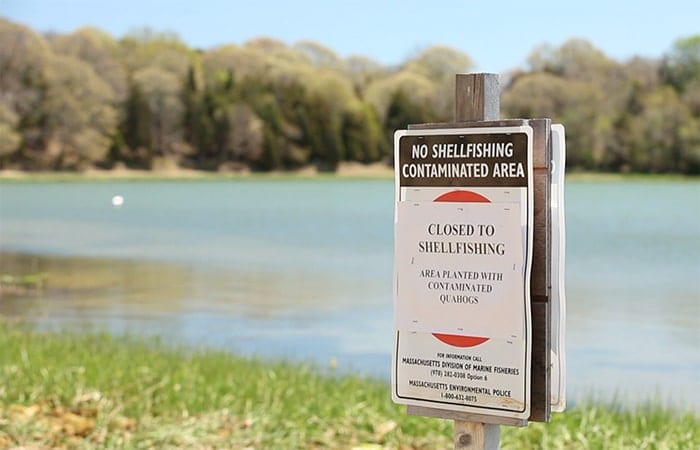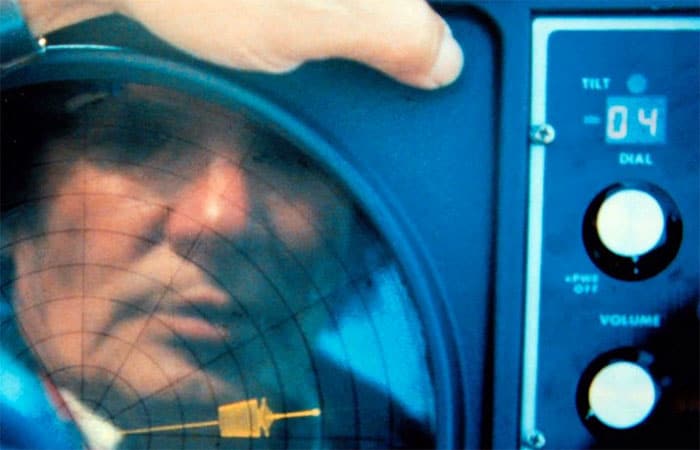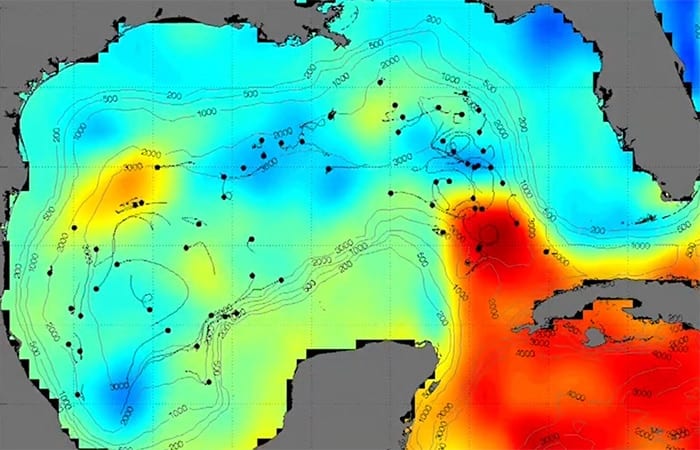Video
Assembling of Mesobot Frame
Daily migration
Many twilight zone organisms participate in the largest migration on the planet. It happens around the globe, every day, sweeping across the world’s oceans in a massive, living wave. Every…
Read MoreCoding Curiosity
The ocean is an extreme environment that is hard for humans to explore. One solution is building deep-sea robots that can autonomously make decisions on what to look for and where.
Read MoreTo Tag a Squid
How do you design a tag that can attach to a soft-bodied swimming animal and track its movements? Very thoughtfully.
Read MoreFrom Macroplastic to Microplastic
An estimated eight million tons of plastics enter our oceans each year, yet only one percent can be seen floating at the surface. Researchers at Woods Hole Oceanographic Institution are…
Read MoreSentry Completes Its 500th Dive
WHOI’s free-swimming robot Sentry completed its 500th dive on October 16, 2018, off the Pacific Coast of Costa Rica. The autonomous underwater vehicle has used its sonar systems to help scientists map the seafloor, track the Deepwater Horizon oil spill, locate the voyage data recorder on the sunken El Faro cargo ship, and carry out advanced research on many other missions to help us better understand our ocean and our planet.
Read MoreMarshes, Mosquitoes, and Sea Level Rise
In the 1930s, the Cape Cod Mosquito Control Project dug approximately 1,500 miles of ditches across marshes on the Cape to drain their water and reduce the number of ponds…
Read MoreComputer Simulations of Ocean Circulation
Following the Eddies
Diving in Eddies
Life at the Edge
What makes the shelf break front such a productive and diverse part of the Northwest Atlantic Ocean? A group of scientists on the research vessel Neil Armstrong spent two weeks at sea in 2018 as part of a three-year, NSF-funded project to find out.
Read MoreForecasting Future Hurricanes
Industrial krill fishing
The twilight zone’s biological abundance makes it an attractive target for commercial fishing operations and a potential source of life-sustaining protein to support growing human populations and the demand for…
Read MoreThe Marine Reserve Goldilocks Problem
To protect coral reefs, governments and conservationists are looking to establish networks of marine reserves, where fishing is prohibited. But for the reserves to work, they need to be the…
Read MoreIlluminating the Ocean with Sound
WHOI’s new research vessel Niel Armstrong is equipped with an EK80 broadband acoustic echo sounder. Using a wide range of sound frequencies, it gives scientists the ability to identify and distinguish between…
Read MoreThe Hotspot for Marine Life
The continental shelfbreak in the waters off New England is an area where a spectacular abundance and diversity of marine life aggregate year-round. The Pioneer Array, a part of the NSF-funded Ocean Observatories Initiative, was placed there to help scientists explore the processes that make the shelfbreak so productive.
Read MoreUnderstanding Ocean Changes
The story of a unique partnership between commercial fishermen and scientists.
Read MoreAfter Overhaul, Jason Is Stronger Than Ever
Jason, the workhorse remotely operated deep-sea vehicle, underwent a top-to-bottom overhaul that dramatically increased its capabilities.
Read MoreNo Stone Unturned
WHOI iologist Joel Llopiz is taking advantage of information stored in the tiny “ear stones” of larval and juvenile river herring to learn more about why the once-ubiquitous species is having difficulty re-populating lakes and streams in New England.
Read MoreHABCAM
A towed underwater vehicle equipped with cameras, sonar, and sensors paints vivid portraits of life on the seafloor.
Read MoreTurtleCam
WHOI scientists create a robotic bloodhound to track and watch sea turtles in their inaccessible realm.
Read MoreSetting a Watchman for Harmful Algal Blooms
As harmful algal blooms are becoming more frequent and severe worldwide, researchers in the lab of WHOI biologist Don Anderson are testing an array of new instruments that can be…
Read MoreThe Man Who Opened Our Ears to the Ocean
Over his long career at WHOI, Bill Watkins pioneered new instruments to collect sounds of whales, dolphins, and other marine mammals. That treasure trove will now be archive in the…
Read MoreHidden Currents in the Gulf of Mexico
The Deepwater Horizon oil spill five years ago gave new impetus to investigating unknown subsurface currents deep within the Gulf of Mexico.
Read More
